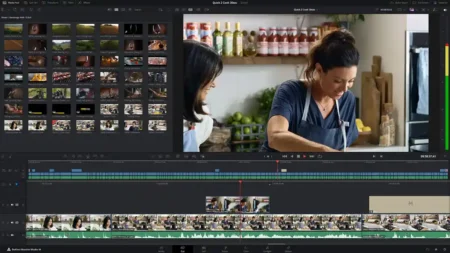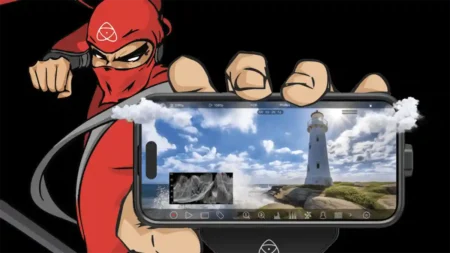Nikon’s Z 6 and Z 7 full-frame mirrorless cameras are impressive in many ways but lots of photographers have expressed their dissatisfaction with their single card ports. Naturally, I raised the matter in an exclusive interview with Jordi Brinkman (Product Manager, Nikon Europe) at Photokina.
Speed
Brinkman began by explaining the reasons for opting for XQD rather than SD compatibility. The first is that with 45.7Mp on its sensor, the Z 7 needs to process and write a lot of data quickly.
While SD cards have the potential for greater speed, the cards on sale at moment top-out about 300MB/s. Meanwhile Sony G Series XQD cards hit read/write speeds of 440/400MB/s. Both card types have the potential to be much faster, but XQD cards are set to win in the future as well.
Significantly, it will also be possible to upgrade the XQD card slots in the Z 7 and Z 6 with a firmware upgrade to make them compatible with CFexpress cards. These cards are potentially very fast.
On the speed front then, an XQD card slot makes a sensible choice. Photographers may wince at the price, but the fastest SD cards aren’t exactly cheap either.
Reliability
According to Brinkman, the failure rate of XQD cards is ‘close to zero’. I’ve yet to see any data to back this up, but they certainly have a more robust build than most SD cards. In addition, the XQD card’s contact pins are receded to protect them from damage.
I’ve had a couple of SD cards physically break, but I’ve never actually lost any images as a result. Other photographers haven’t been quite so lucky. As most of the data loss I’ve heard about has been as a result of physical damage, XQD cards could be a safer bet.
The reliability of XQD cards played a major part in the decision to just include one card port in the Z 7 and Z 6.
Size
Another key reason why Nikon plumped for a single card port was to keep the Z cameras’ size down. Brinkman believes that most photographers underestimate the increase in size that a dual port would require. He says ‘by the time you add all the electronics in, it’s more than the 2-2.5mm that most people seem to think’.
WiFi Backup
In addition to SnapBridge, the Z 7 and Z 6 allow you to use WiFi connectively independently. It’s possible to use this to transfer full-resolution images to a computer that’s within a range of 20m. What’s more, you can do this as you shoot.
Having a computer or laptop nearby may not sound ideal for wedding photography, but it could offer a backup option for some photographers.
Nikon’s two mirrorless full-frame cameras are also compatible with the Nikon WT-7 Wireless Transmitter unit. At £1099/$750, that’s a significant extra cost, but it allows images to be transferred to a computer or FTP server. Furthermore, it can transfer files across 200m. That’s a much more useful range and it could be a potential solution for wedding photographers who are worried about card reliability.



